14 Review Games for Elementary, Middle and High School Classrooms
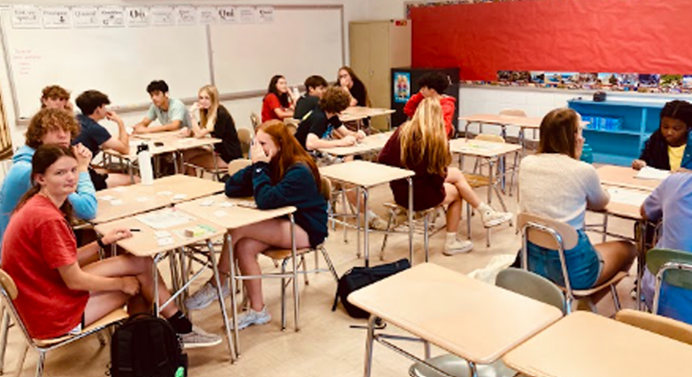
Incorporating games into the classroom is a powerful way to enhance learning by making it engaging and memorable. Games transform the educational experience by encouraging active participation, fostering teamwork, and reinforcing critical concepts. They bridge the gap between learning and enjoyment, ensuring that students not only grasp new material but also retain it effectively. Students and teachers both win, as games shift the focus from rote memorization to meaningful learning experiences, resulting in improved long-term retention of taught content.
Teachers in the Rutgers Alternate Route program leverage gamified learning research by introducing a variety of low-tech classroom games for their students. These games, which span across different subjects and grade levels, offer innovative and entertaining formats for reviewing essential concepts. Each game comes with detailed instructions and visual aids, making it easy for educators to adapt them to their specific teaching needs.
Explore the following teacher-designed games to discover creative ways to integrate fun and learning in your classroom.
ELA K-5
Sentence Starter Review Game
Dive into sentence construction with the Sentence Starter Review Game by Emily Foley. Designed to enhance students' familiarity with how to organize sentences, this engaging game fosters teamwork and quick thinking, making learning fun and effective.
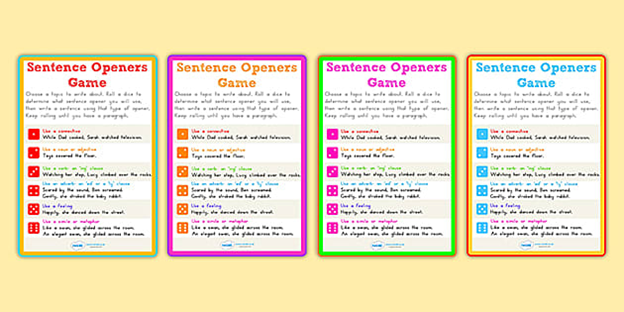
Objective & Instructions: The game is played by four teams of five students each. Each team receives a set of playing cards, which they must cut out and place face down on their desks. The teacher sets a timer for five minutes, and as soon as it starts, students flip over all the cards and work together to match the correct sentence starters with their designated writing organizers. When a team believes they have organized their cards correctly, all members raise their hands and shout "DONE!" The teacher checks the arrangement, and if it's incorrect, the team continues working until the timer runs out. The game concludes once all teams have completed the task. This activity helps students become familiar with sentence starters, ultimately enhancing their essay-writing skills.
Math: K-5
Math Escape Room
Immerse yourself in a thrilling adventure with the Math Escape Room by Courtney Hoffman, where students solve puzzles and decipher clues to uncover hidden secrets. This game combines problem-solving with a touch of mystery, making math learning exciting.
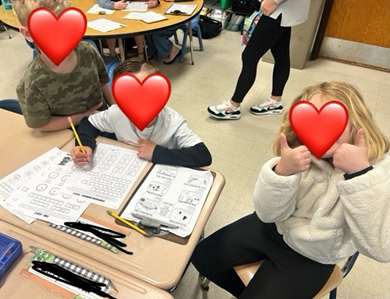
Objective & Instructions: The teacher divides the class into pairs, with one group possibly having three students. Each pair receives copies of clues and challenges. After reading the directions and a gnome note, the teacher distributes the first challenge. As groups solve each challenge, they receive the next clue, guiding them to where the gnomes are hiding. The first group to complete all five challenges and locate the gnomes wins. Students collaborate with their partners to solve the challenges, showing their teacher each completed task to receive new clues. This engaging activity encourages teamwork and critical thinking in a fun, competitive environment.
Math K-5
How Close to 100?
Engage students in a fun and competitive way to reinforce multiplication skills with "How Close to 100?” by Colleen Campanaro. This elementary school math game combines chance and strategy, making learning multiplication facts an exciting challenge.
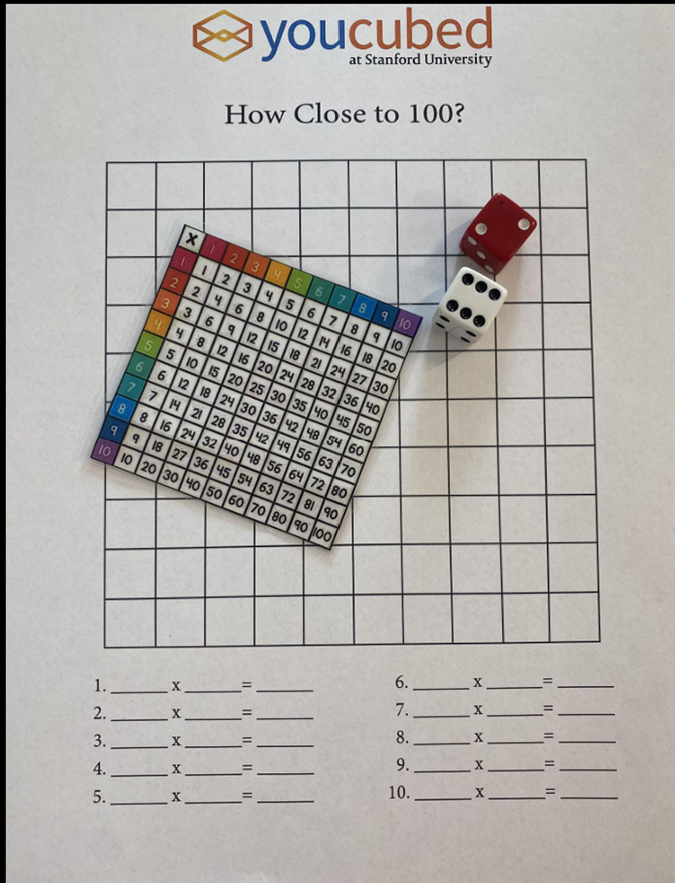
Objective & Instructions: The objective of the game is to review multiplication facts while aiming to fill in a game board with squares that represent the products of rolled dice. Each player rolls two dice and writes a multiplication equation using the numbers rolled. After solving the equation, they color in the corresponding number of squares on their board. The challenge is to reach exactly 100 squares in 10 turns or less. The first student to achieve this goal wins the game. This activity helps students recall multiplication facts and apply them in a playful context, enhancing their arithmetic skills in an engaging manner.
ELA K-5
Showdown Review Game
Enliven your ELA classroom with an exciting and competitive round of the ELA Showdown Review Game by Joanna Nunez. Designed to reinforce essential English Language Arts skills for K-5 students, this interactive game encourages teamwork and enhances comprehension of key topics through a fun, engaging format.
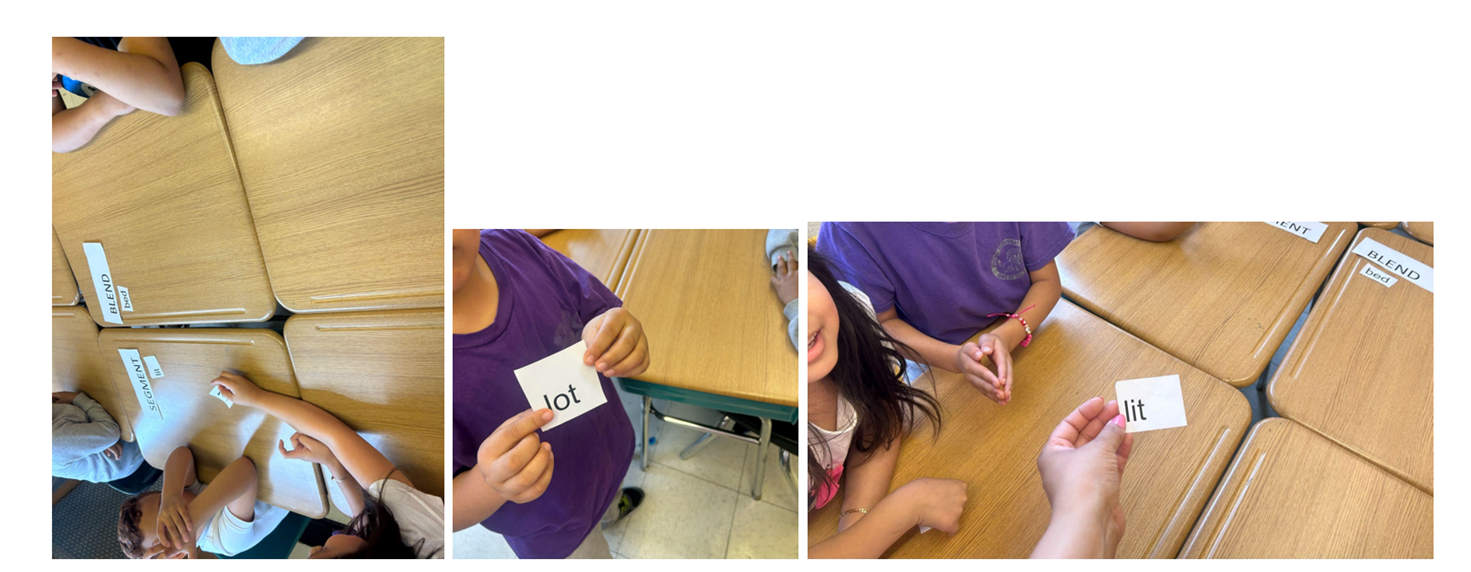
Objective & Instructions: The purpose of the ELA Showdown Review Game is to help students review and reinforce their understanding of critical ELA topics, such as CVC vs. CVCe words, digraphs, sight words, sentence structure, and phonemic awareness. Students are divided into teams of 4-5 players, each equipped with a stack of question cards covering five ELA topics.
A bell is placed in front of each team to signal when they are ready to answer. The teacher reads questions from each topic, and teams compete to ring their bell first for the chance to answer. Points are awarded for correct answers, and the team with the most points at the end of the game wins. This game fosters collaboration, identifies areas for improvement, and makes learning enjoyable by creating a positive and engaging environment.
ELA Middle School
Student Review Giant Board Game
Bring on the joy of learning with the ELA Student Review Giant Board Game by Mary Burgan, an interactive experience that brings creativity and excitement back to the classroom. This game encourages active participation and fosters a love for English language arts.
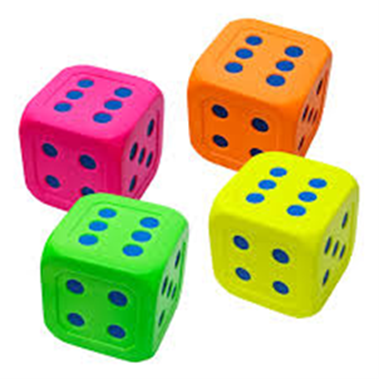
Objective & Instructions: Using laminated colored construction paper, a giant game board is laid out on the floor, with each color representing a different question category, such as vocabulary or storyline structure. Students use markers or tokens to navigate the board, answering questions drawn from prepared cards. Players can "unlock" teammates stuck on spaces, allowing them to continue playing.
The game can be adapted for non-fiction texts with categories like historical timelines. The first team to have all members reach the finish line wins and receives a predetermined prize. Feedback is gathered post-game to improve future iterations, ensuring an engaging learning experience.
Middle School Math
Quiz Show Slope and Systems of Equation Review
Challenge student math skills with this interactive review game by Allison Ackerman, designed to reinforce key concepts like linear equations, slope, and y-intercept. This game promotes quick thinking and collaborative problem-solving in a dynamic classroom setting.
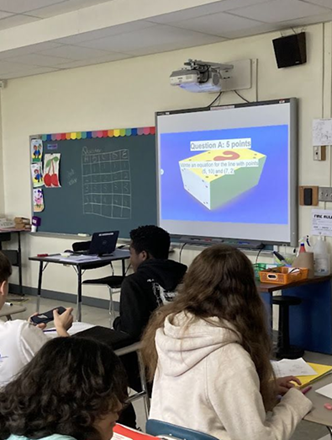
Objective & Instructions: Teams have 10 seconds to select a representative to solve a math problem on the board. The chosen student has 30 seconds to solve the problem and explain their solution process. If the answer is incorrect, another team member can attempt to "steal" the prize by providing the correct solution. The game continues with new problems until all prizes are awarded or time runs out. The game master may reshuffle teams to maintain fairness. The team with the most points at the end is celebrated as the winner, fostering a spirit of competition and teamwork.
'
Middle School Math
Jeopardy
The competitive math game Jeopardy by Myrain Pachas is a thrilling game that blends problem-solving with teamwork. Designed for students to enhance their math skills, this game encourages quick thinking and collaboration in a fun and rewarding environment.
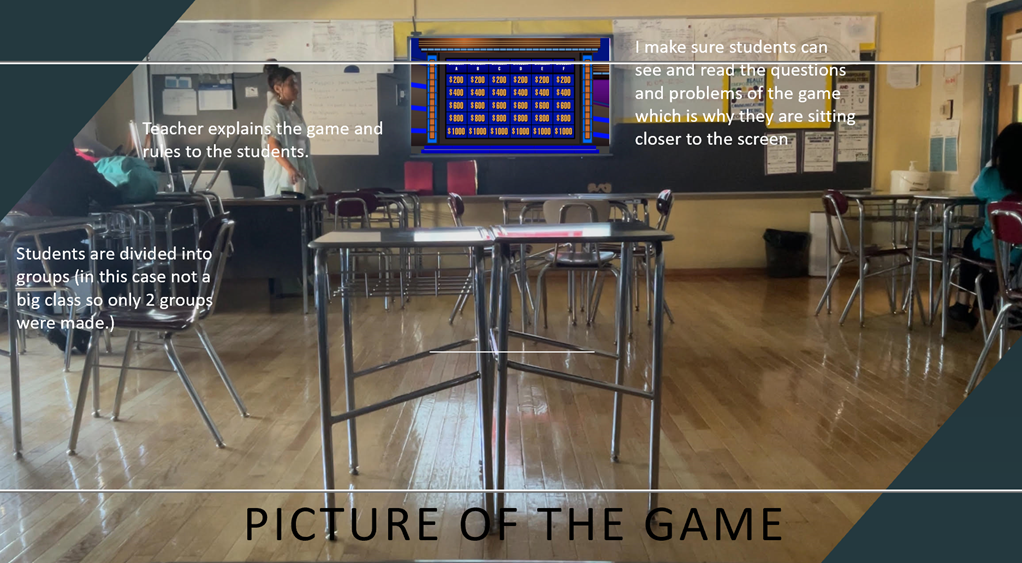
Objective & Instructions: The purpose of Jeopardy is to engage students in solving math problems while working in teams to earn prizes. Students are divided into groups of 4 or 5, and the teacher acts as the Game Master, overseeing the game and managing the prizes.
The game begins with the Game Master revealing the available prizes to the class. Each prize corresponds to a math problem that must be solved. Once a prize is revealed, the Game Master presents the math problem to all teams. Each team has 10 seconds to discuss and select a representative to solve the problem on the board. The chosen representative has 30 seconds to solve the problem and explain their solution process. The first representative to finish and correctly show their work wins the prize for their team. Each team member must participate at least once before any member can solve another problem.
Middle School Science
UnFair Game
Experience the thrill of unpredictability with the UnFair Game Madison Roberts, a dynamic classroom activity designed to review key science concepts while navigating unexpected challenges. This game encourages strategic thinking and teamwork.
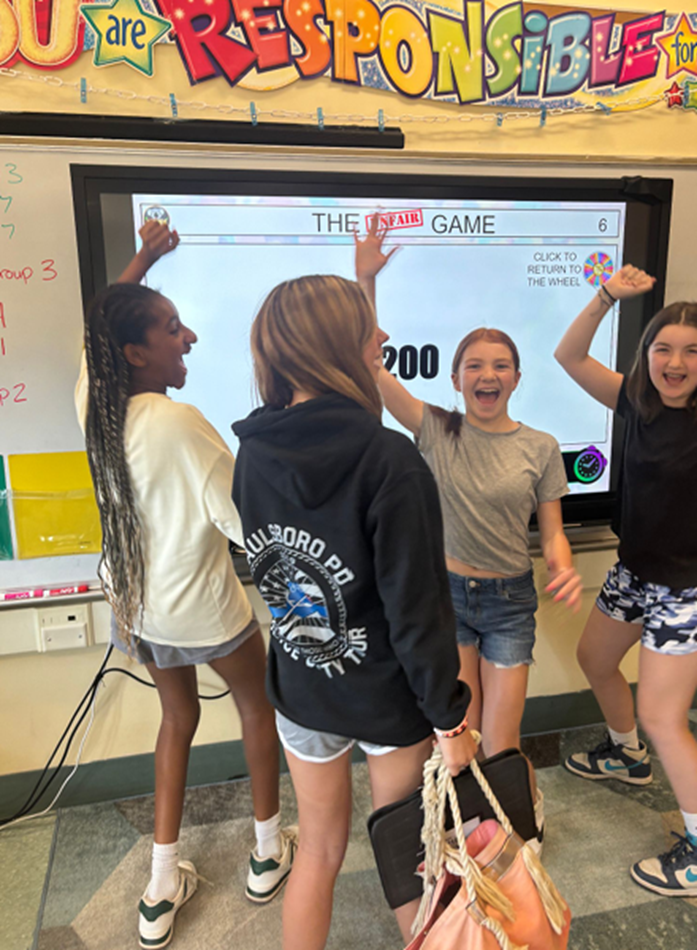
Objective & Instructions: The game begins with students completing review packets independently, fostering critical thinking. Once finished, students are assigned to teams based on marker colors. Each team has a bin with numbered slips corresponding to their members. The teacher presents questions, and selected students answer to earn points. After each question, teams decide whether to risk their points on subsequent questions. The game continues through 32 questions, promoting class-wide review and collaboration. The team with the most points at the end wins, reinforcing learning through a comprehensive review.
High School Spanish
La Fiesta de Clase: Review Game
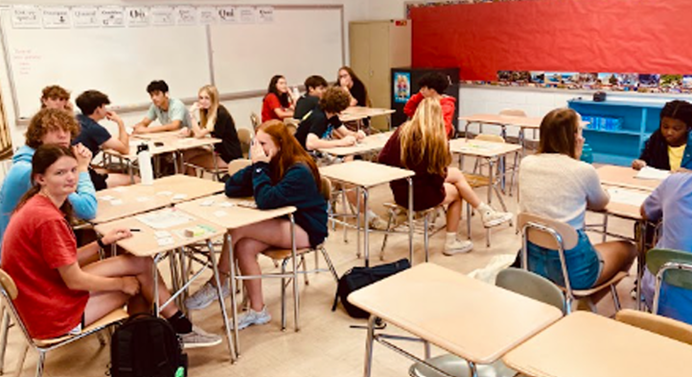
La Fiesta de Clase by César Caballero, is a Spanish language review game that combines grammar, vocabulary, and cultural knowledge. This engaging game promotes learning through fun and interaction.

Objective & Instructions: Students form groups and receive game sets containing boards, question cards, dice, and game pieces. Players take turns rolling dice and answering personal or cultural questions depending on where they land. The first player to reach the "META" space must correctly answer a final question to win. The game encourages students to reinforce their Spanish language skills while exploring cultural content, preparing them for exams in a collaborative and enjoyable environment.
K- High School Gym
Act It Out!
Engage in active learning with Act It Out! by Brianne Connely, a physical education game that combines movement with educational concepts. This interactive game enhances understanding and retention through role-playing and analysis.
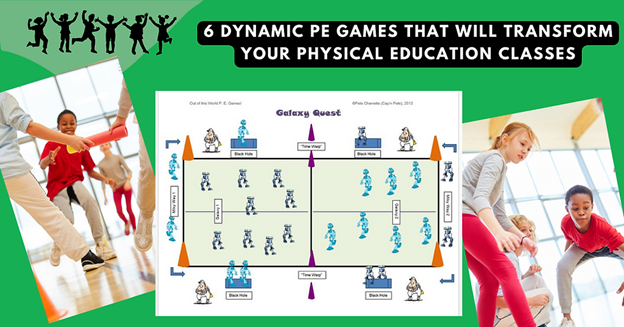
Objective & Instructions: Students are divided into teams and assigned roles like scorekeeper and timekeeper. Each round focuses on a specific concept, such as basketball shooting or soccer dribbling, with activities based on Bloom’s Taxonomy. Teams act out, analyze, and evaluate skills, earning points for correct answers and creativity. The game fosters teamwork and reinforces skills through physical demonstration and discussion, with the team accumulating the most points declared the winner.
Early World Languages
¿Qué te gusta hacer?
Discover your preferences in Spanish with ¿Qué te gusta hacer? by Jillian Henderson, a board game that helps students practice expressing likes and dislikes. This game enhances vocabulary related to sports and activities in a fun setting.
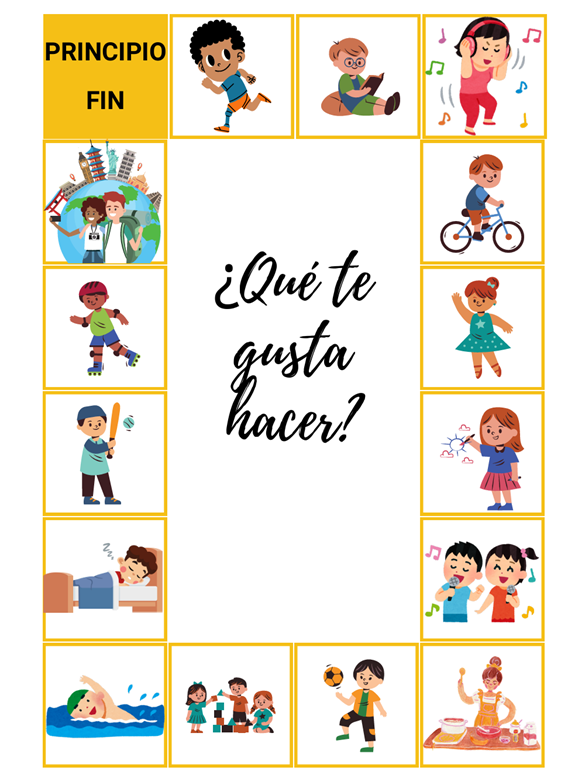
Objective & Instructions: Players roll dice and move counters on a board depicting various activities. Upon landing on a square, they create sentences using "me gusta" or "no me gusta" based on the activity shown. Each correct sentence earns a point, and the game continues until a set number of turns or a predetermined score is reached. The player with the most points wins, reinforcing sentence structure and vocabulary in an engaging way.
High School French
Navigating in French
Master the art of giving directions in French with Navigating in French by Walltert Mattingly. This game enhances language skills through practical application. This activity promotes effective communication using common landmarks and directional terms.
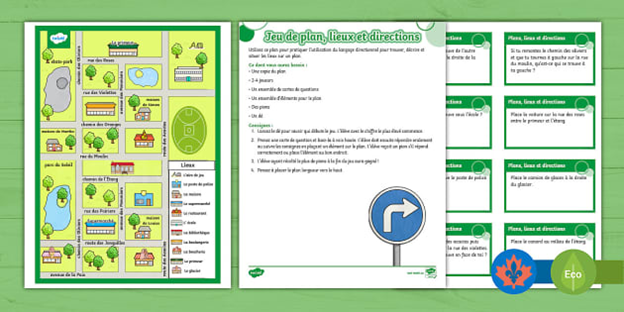
Objective & Instructions: Students are divided into teams and provided with maps and vocabulary cards. Each round begins with a question, followed by a navigation task where a team member gives directions in French. Teams rotate turns, and the fastest team wins. The game encourages students to apply their language skills in real-world scenarios, improving their ability to communicate directions accurately.
High School
Entrepreneurship: What’s It Take?
Dive into the world of business with Entrepreneurship: What’s It Take? by David L. Schatz, a quiz-based game that reinforces key concepts of entrepreneurship. This game encourages teamwork and critical thinking among high school students.
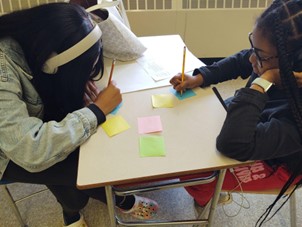
Objective & Instructions: Students form teams and select questions from various entrepreneurship topics, categorized by difficulty. Teams discuss and answer questions within a set time, earning points for correct answers. Incorrect answers allow other teams to "steal" the question for a half point. The game concludes when all questions are answered, with the highest-scoring team winning. Additional mini-challenges and reflection activities enhance learning and application of entrepreneurship concepts.
Art
Photocrid Concentration
Strengthen your art knowledge with Photocrid Concentration by James Hopkins, a memory game that reinforces concepts like elements of art and art history. This engaging activity promotes recall and understanding through interactive play.
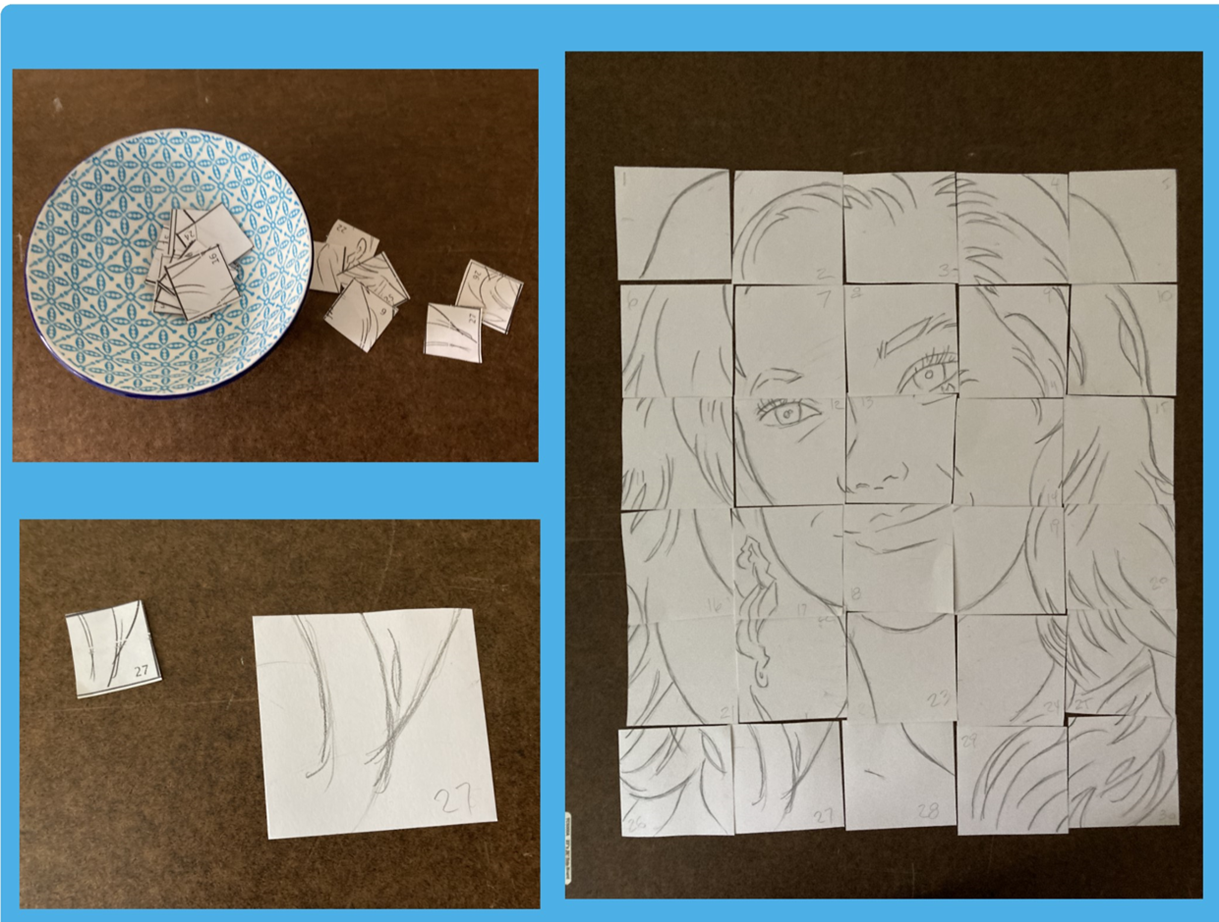
Objective & Instructions: Students are grouped and tasked with matching question and answer cards. Each group takes turns flipping two cards, keeping matched pairs for points. The game continues until all pairs are matched, with the group having the most pairs winning. This activity encourages students to recall art concepts and fosters teamwork, making learning both fun and effective.
If you’re considering following your dream of teaching, Rutgers Alternate Route can offer you the support and training you need to succeed. Be sure to follow Rutgers Alternate Route on Twitter and sign up for Alternate Route’s monthly newsletter for more information and stories from the field of education.

 DeMariah Woodard is an undergraduate student at Niagara University where she is a double major in Psychology and Criminal Justice. She supports content creation initiatives with Black Star Communications as a Digital Communications Intern for Summer 2023. Published works by DeMariah are completed in collaboration with the Rutgers Alternate Route Team and Black Star Communications.
DeMariah Woodard is an undergraduate student at Niagara University where she is a double major in Psychology and Criminal Justice. She supports content creation initiatives with Black Star Communications as a Digital Communications Intern for Summer 2023. Published works by DeMariah are completed in collaboration with the Rutgers Alternate Route Team and Black Star Communications.





